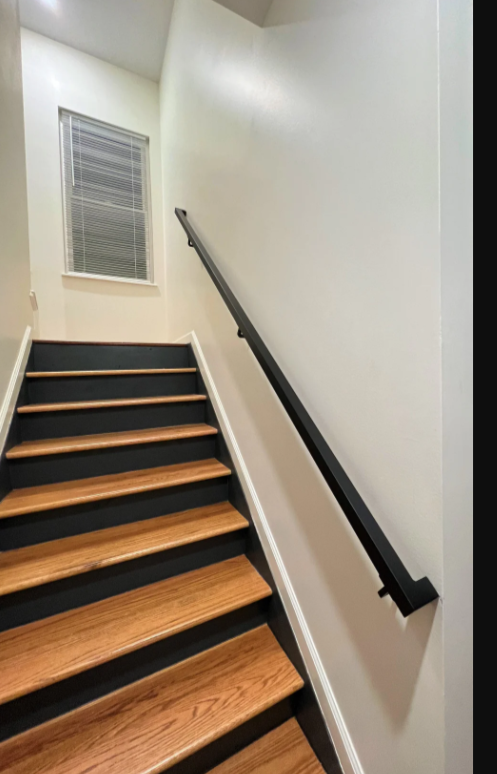
In the realm of interior and exterior design, the significance of handrails extends beyond functionality—they are an integral element that harmonizes safety with aesthetics. Handrails for steps play a crucial role in providing support, preventing accidents, and contributing to the overall visual appeal of a space. This blog delves into the diverse world of handrails, exploring their importance, design variations, materials, and the transformative impact they have on the safety and style of any staircase.
1. The Essential Role of Handrails:
At its core, a handrail serves a fundamental purpose: to offer support and stability. Whether indoors or outdoors, a well-designed handrail provides a crucial safety element, especially on staircases. It acts as a guiding force, offering a secure grip that aids individuals as they ascend or descend steps. However, in addition to their practical function, handrails have evolved to become a design statement, contributing to the overall aesthetics of a space.
2. Safety First: Ensuring Stability and Support:
One cannot understate the importance of safety when it comes to handrails for steps. Their primary function is to prevent slips, trips, and falls, offering a steady support system for individuals navigating staircases. Handrails become particularly essential for young children, the elderly, or anyone with mobility challenges, ensuring a secure and confident movement on steps.
3. Design Variations: Tailoring Aesthetics to Functionality:
Handrails come in a myriad of designs, catering to diverse architectural styles and preferences. From classic wooden handrails that exude warmth and tradition to sleek, modern metal handrails that embrace minimalism, the design variations are limitless. Curved handrails, spiral designs, and innovative materials allow for customization, enabling individuals to select handrails that not only provide safety but also complement the overall design theme of their space.
4. Materials Matter: Exploring Options for Durability and Style:
The material chosen for handrails significantly influences both their durability and aesthetic appeal. Wood, known for its timeless charm and versatility, remains a popular choice. Metal handrails, including stainless steel and wrought iron, offer a sleek and contemporary look. Glass handrails, with their transparent elegance, contribute to an open and airy feel. Each material brings its unique character, allowing homeowners and designers to make a statement through the selection of handrail materials.
5. Outdoor Elegance: Handrails in Exterior Spaces:
When extending the conversation to outdoor spaces, handrails become essential for safety on exterior stairs, balconies, or terraces. Here, they face exposure to the elements, requiring materials with weather-resistant qualities. Choosing the right material and finish ensures that outdoor handrails not only withstand the elements but also enhance the curb appeal of a property.
6. DIY Handrail Installations: A Personal Touch to Safety and Style:
With an increasing trend towards DIY projects, many homeowners are opting to install handrails themselves. The availability of pre-made handrail kits and user-friendly instructions empowers individuals to enhance the safety and aesthetics of their spaces with a personal touch. DIY handrail installations offer a sense of accomplishment, allowing homeowners to customize their staircases according to their vision.
7. Universal Design: Handrails for Accessibility:
The principles of universal design emphasize creating spaces that are accessible to people of all ages and abilities. Handrails play a crucial role in achieving this inclusivity. Installing handrails that adhere to universal design principles ensures that everyone, regardless of age or mobility, can navigate stairs comfortably and safely. This commitment to accessibility aligns with contemporary design philosophies, promoting spaces that are welcoming to all.
8. Maintenance and Longevity:
The longevity of handrails is a key consideration, especially in high-traffic areas. The choice of materials, finishes, and regular maintenance practices all contribute to the durability of handrails. Wooden handrails may require periodic staining or sealing, while metal handrails benefit from protective coatings to resist corrosion. Regular inspections and timely repairs ensure that handrails continue to provide reliable support for years to come.
9. Innovative Designs for Unique Spaces:
As architecture and design evolve, so do handrail designs. Innovative concepts, such as floating handrails, cable railings, and integrated LED lighting, showcase the creative potential of this essential element. These designs not only elevate safety but also introduce an artistic dimension, turning handrails into focal points that enhance the overall aesthetic of a space.
10. The Future of Handrail Design:
The future of handrail design holds exciting possibilities, driven by advancements in materials, technology, and design philosophies. From sustainable materials to smart handrail systems with integrated sensors and lighting, the landscape of handrail design continues to evolve. These innovations promise to further enhance both the functionality and visual impact of handrails in diverse settings.
Conclusion:
In the intricate dance between safety and style, handrails for steps emerge as a choreographer, seamlessly blending practicality with aesthetics. Their significance extends beyond the physical support they provide, encompassing a transformative role in the overall design of a space. As we navigate the steps of our homes, businesses, and public spaces, handrails by Optimum Works stand as silent guardians, offering not just stability, but a touch of elegance that elevates the entire experience.


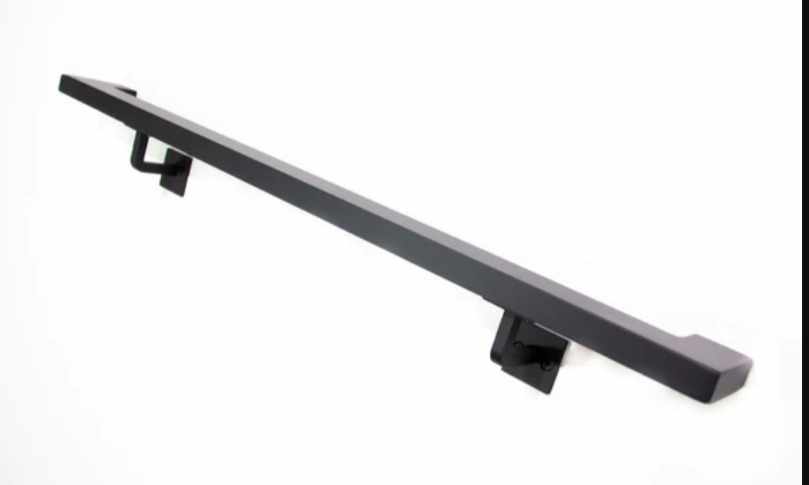
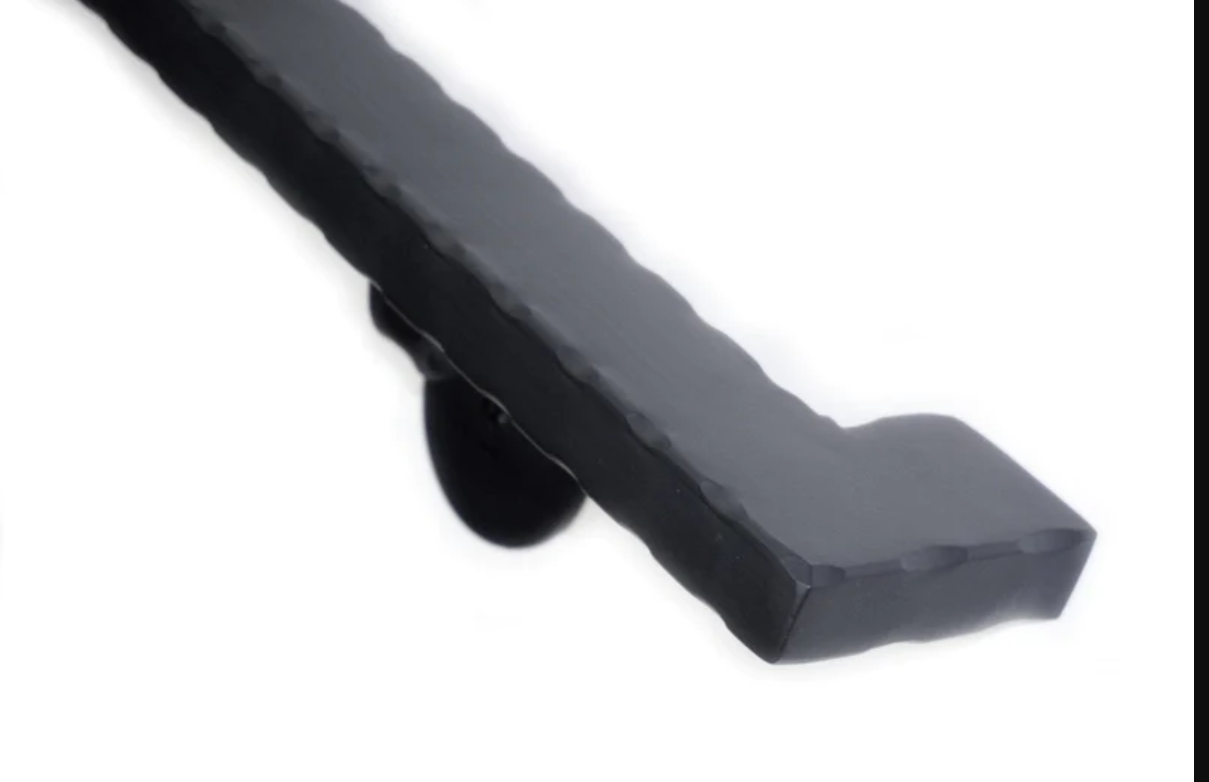
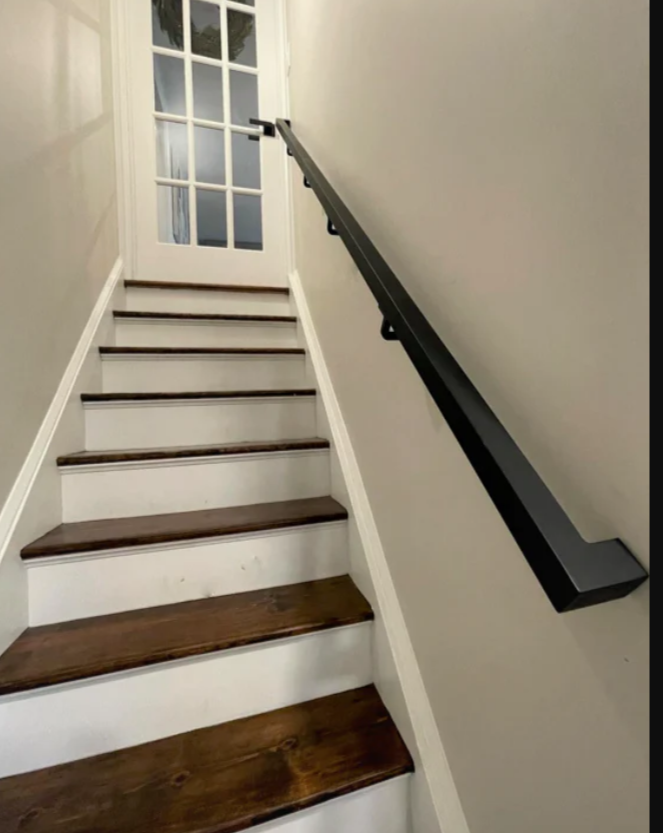
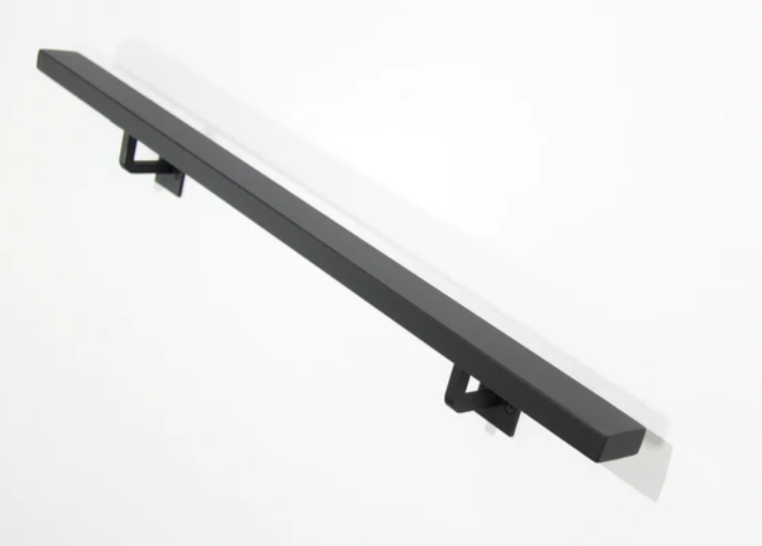
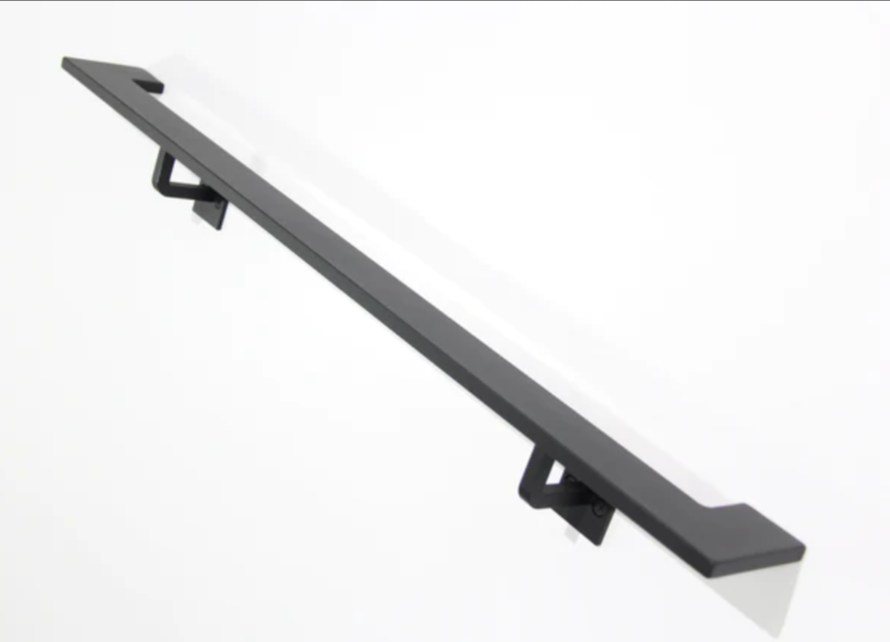
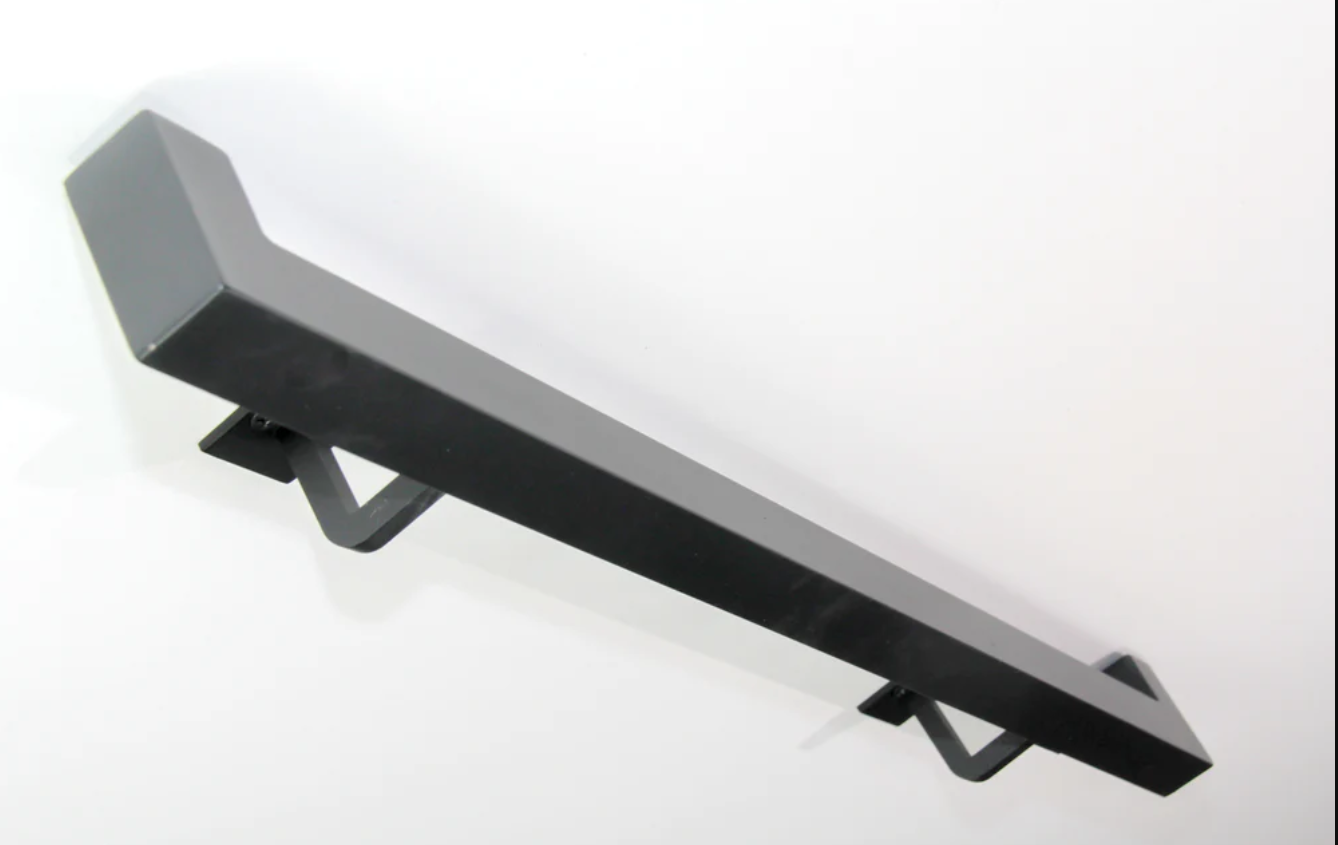
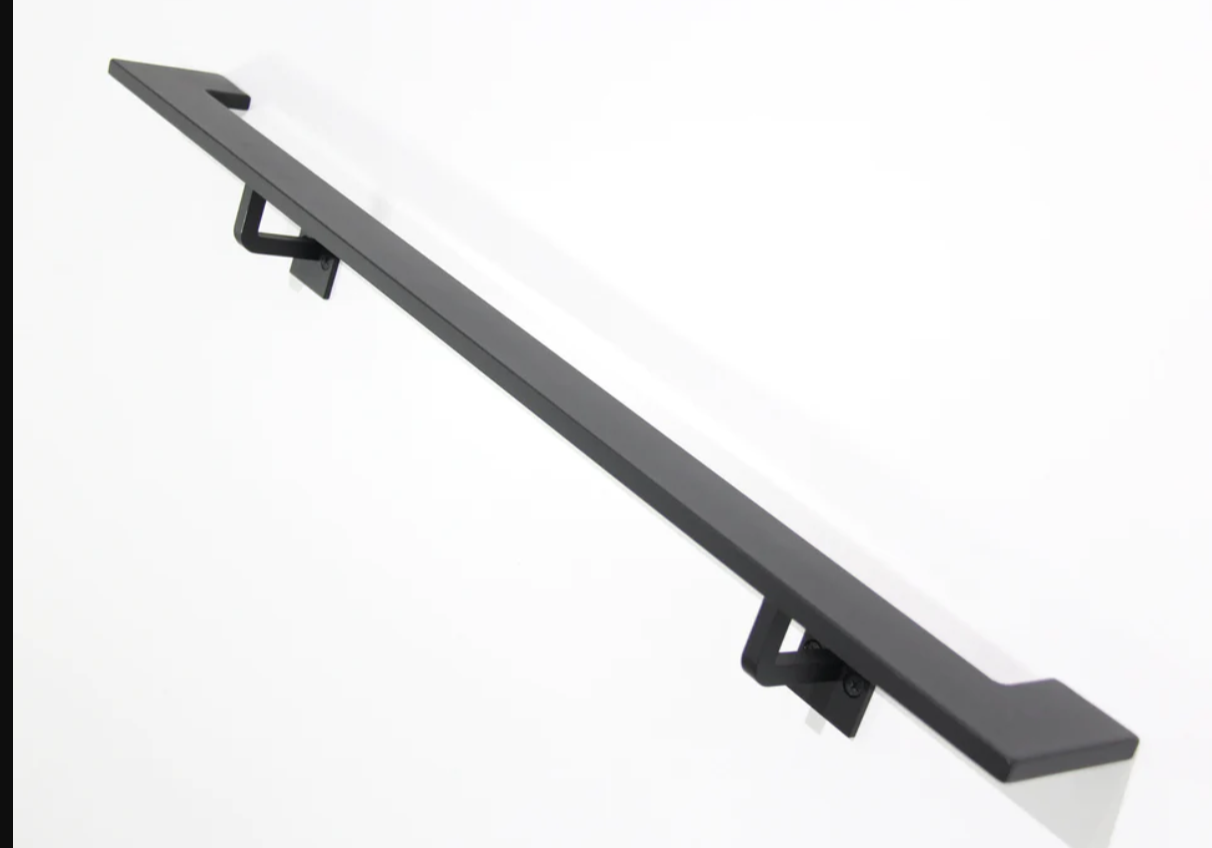
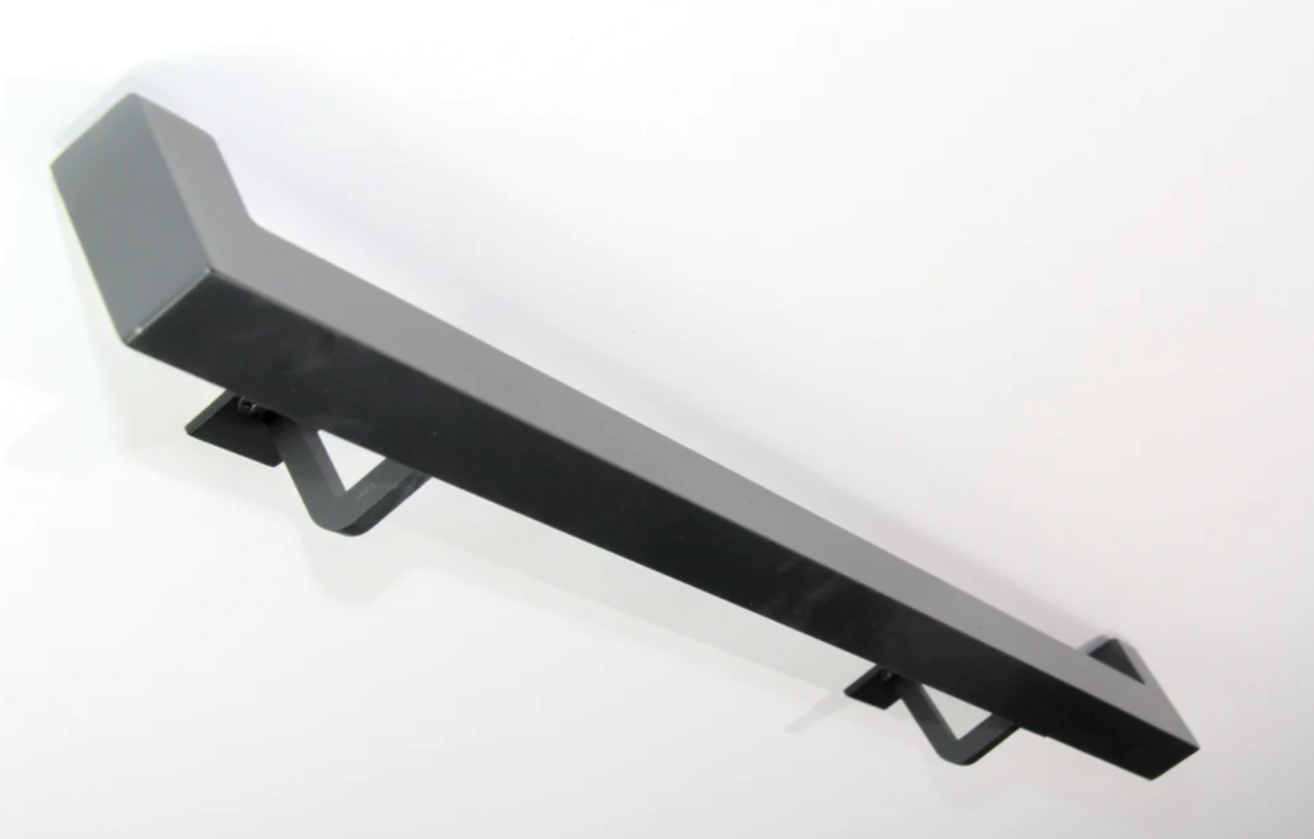
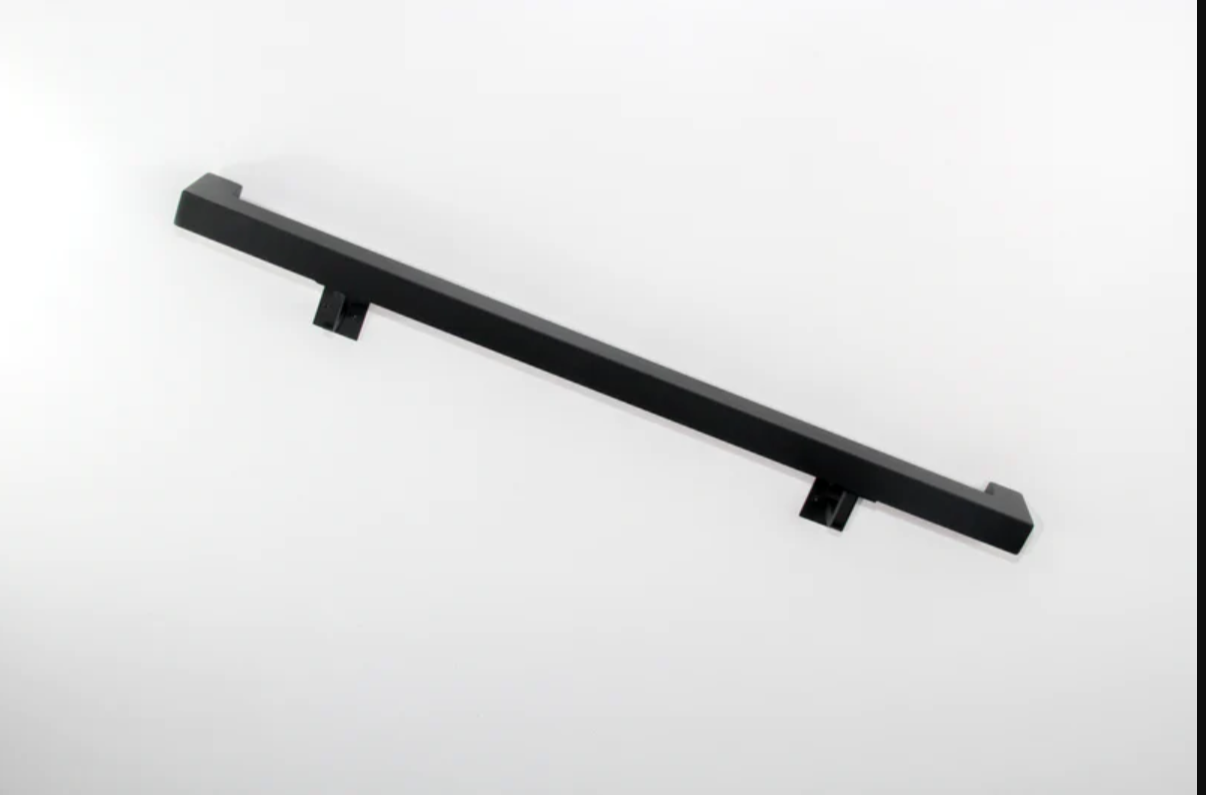
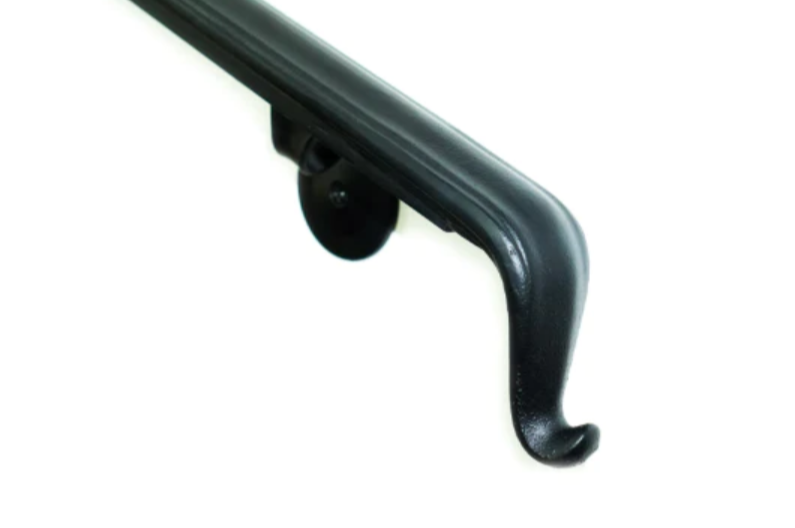
Write a comment ...